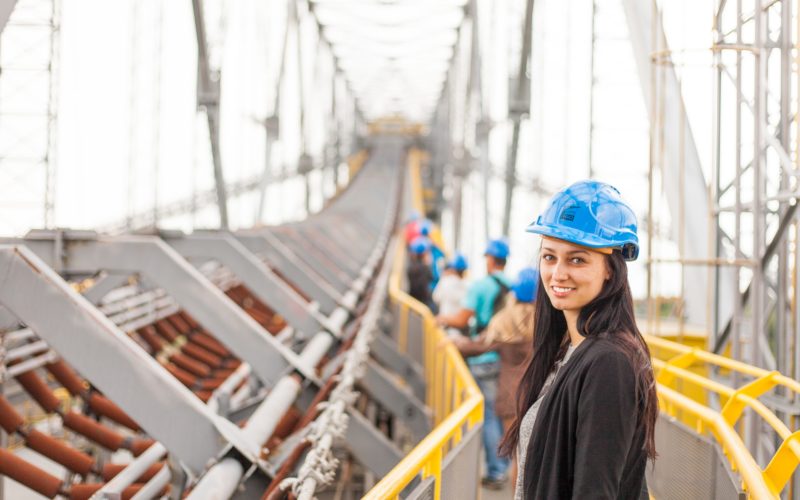This past year has truly been a landmark for inclusion and representation. Many public stores and restaurants have changed their bathroom signage to not discriminate against individuals based on their gender identification. And I am sure that you have seen tons of news coverage about an increased effort for fair pay and representation of minority groups in different industries and pay levels.
There have also been specific examples of this within the construction industry.
Female-Friendly Initiatives
For as long as we have driven around in cars, we have seen the giant “Men at Work” signs. The fact of the matter is that these signs – either consciously or sub-consciously – can be exclusionary and essentially tell women that this industry is not for them and that they would not belong.
Last year, a construction company in Manhattan changed its signage to “Men and Women at Work.” This was part of an initiative to modernize their messaging and help change the stereotype that construction is just for men. The initiative was met with a tremendously positive response and many companies are beginning to follow suit.
Reducing Stigma
These female-friendly initiatives have accomplished a few different things. First off, it is changing the public perception of the industry. This signage conveys to the general public that this is an industry that accepts and welcomes female employees – decreasing any stigma that may exist. As a result, a female who previously might not have ever applied for a job in construction might now consider it as a potential career path.
These signs and other inclusion initiatives are also helping to decrease any gender biases or preconceived notions that may exist within the industry. Having signs and company language that now actively incorporates women is a way to communicate that the company values a diverse and inclusive work environment, and that employees need to do the same.
Creating an Inclusive Work Environment Is an Ongoing Effort
Just saying that you are inclusive is not enough. Companies need to demonstrate that they are committed to hiring a diverse team. Then, they need to actually ensure that each employee is treated fairly and equally.
It may surprise you to hear that – when it comes to equal pay – the construction industry performs better than most others, and has a smaller pay gap. Women, on average, earn about 80 cents on the dollar compared to their male counterparts. However, in the construction industry, this figure is closer to 91 cents.
While these numbers and efforts are still far from perfect, they are certainly a step in the right direction.
Photo by Claudio Hirschberger on Unsplash








